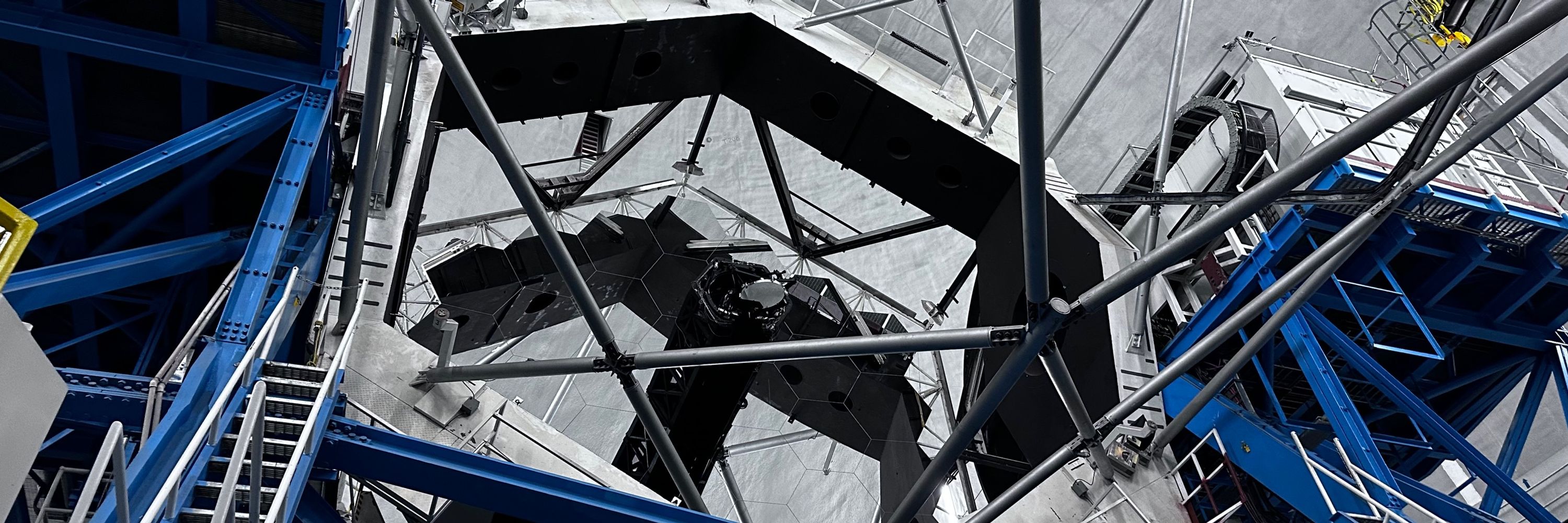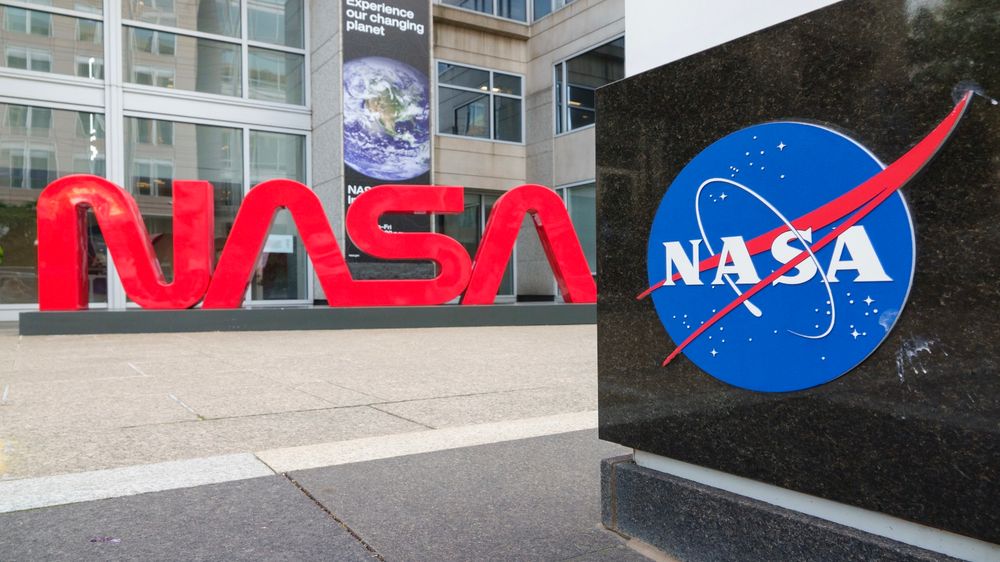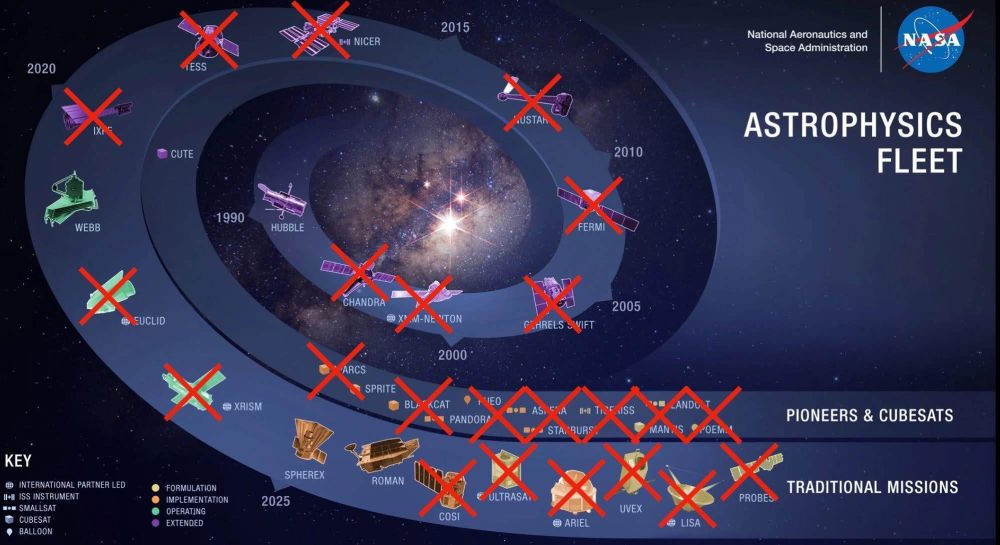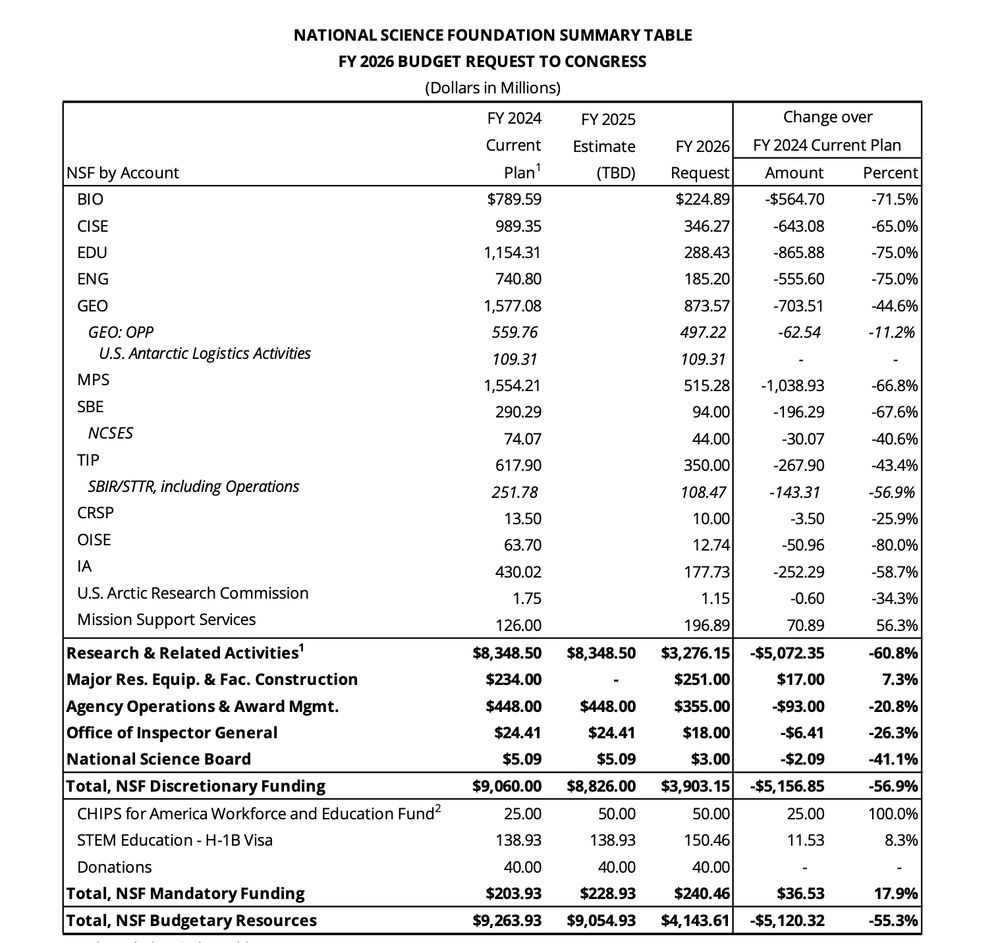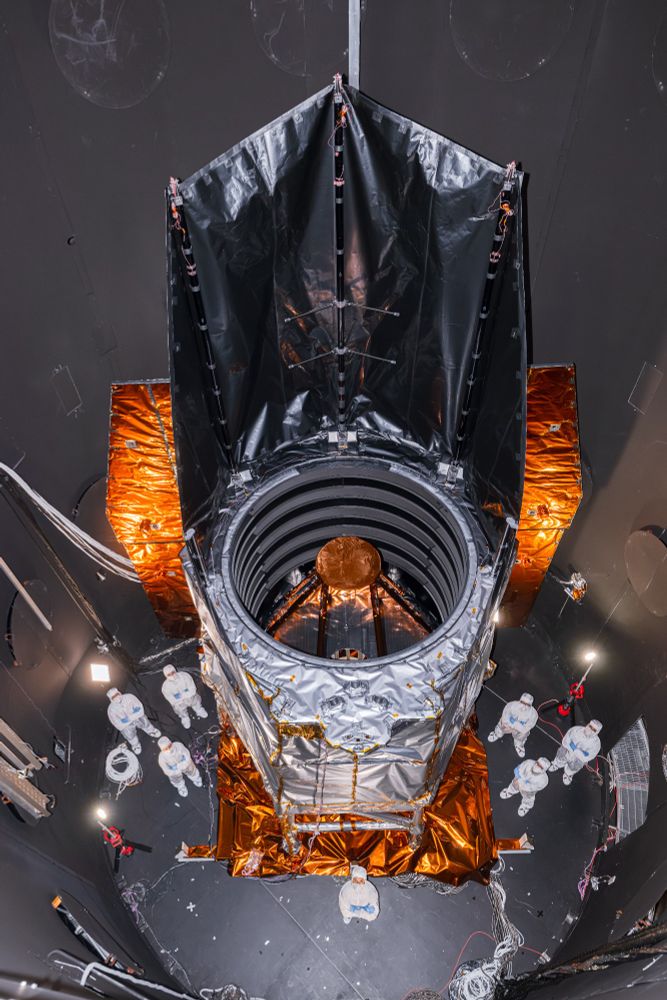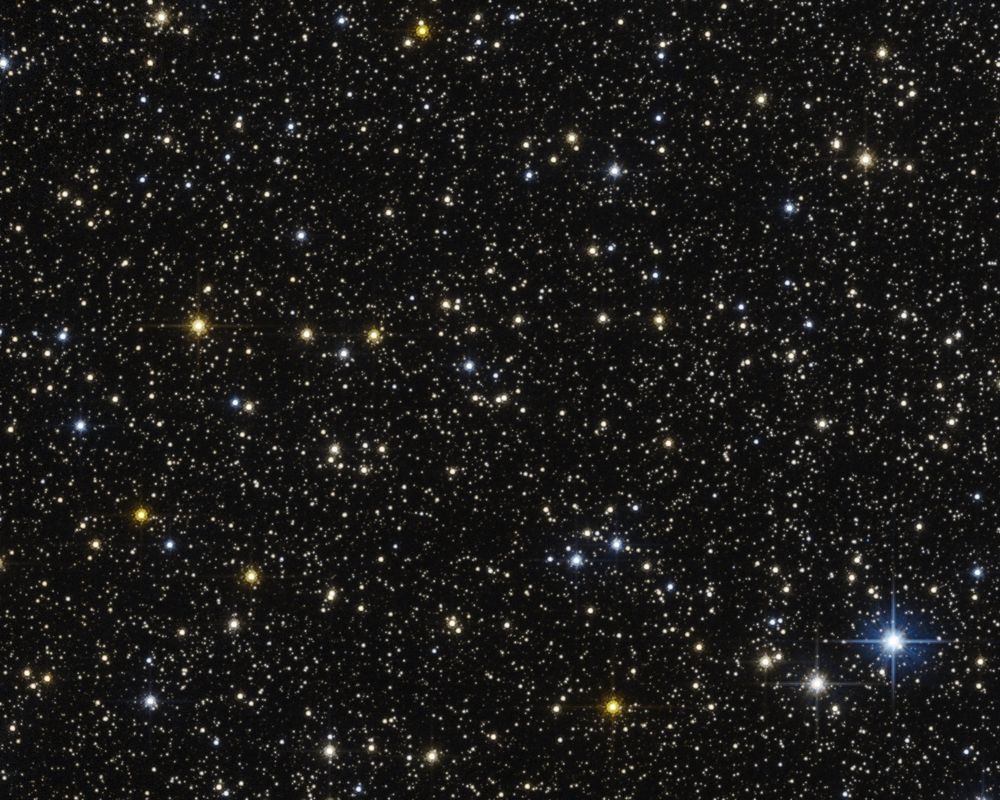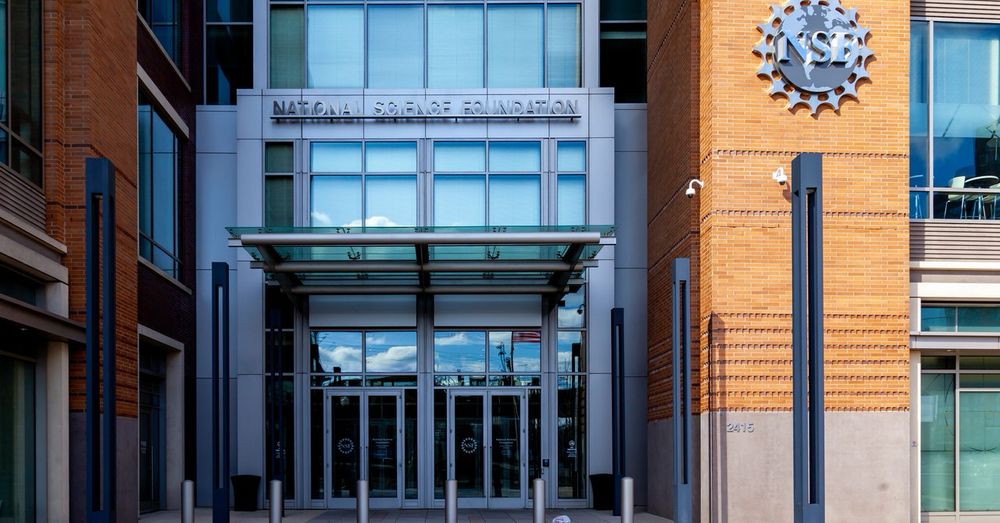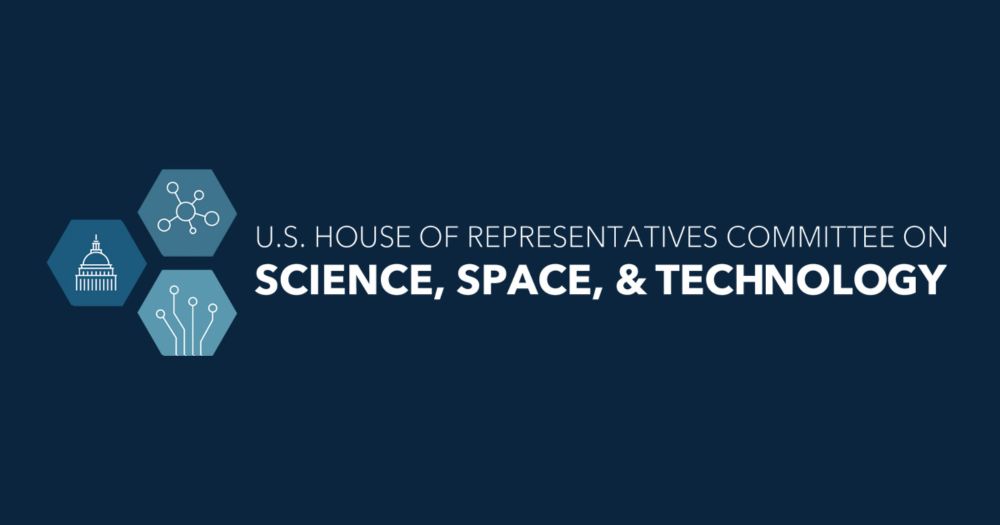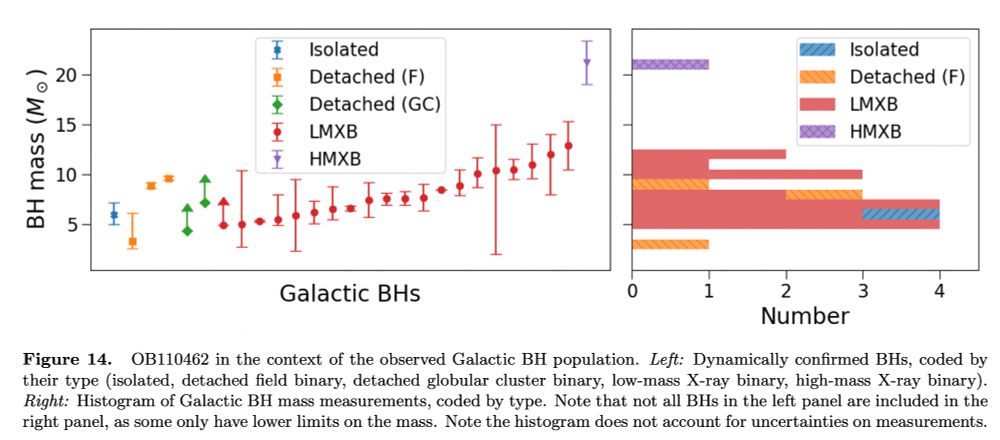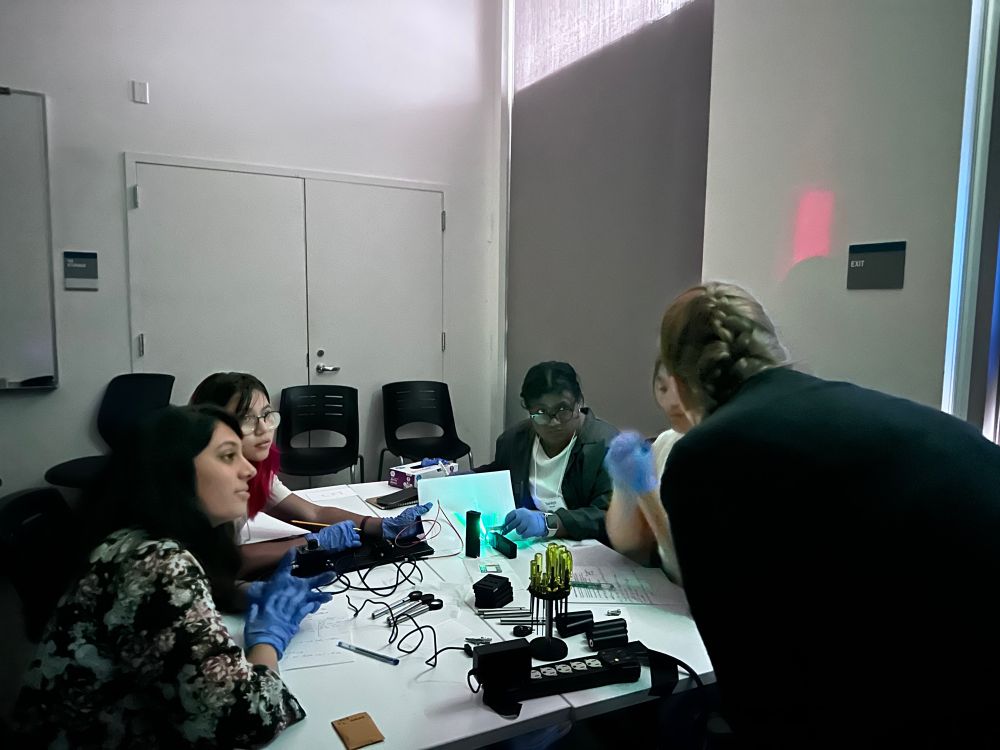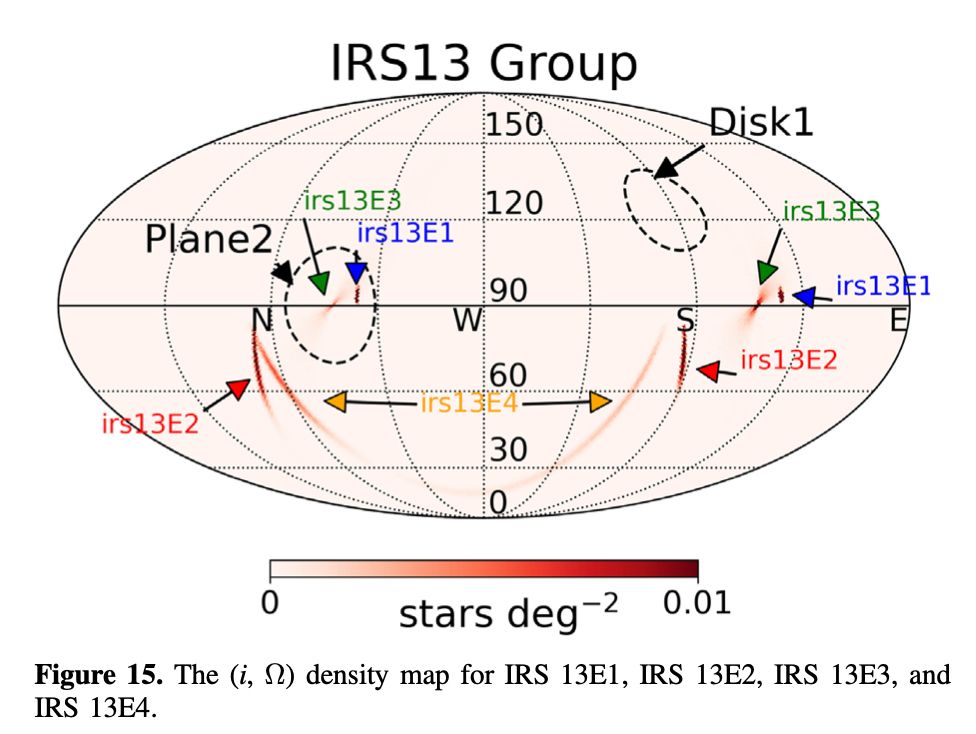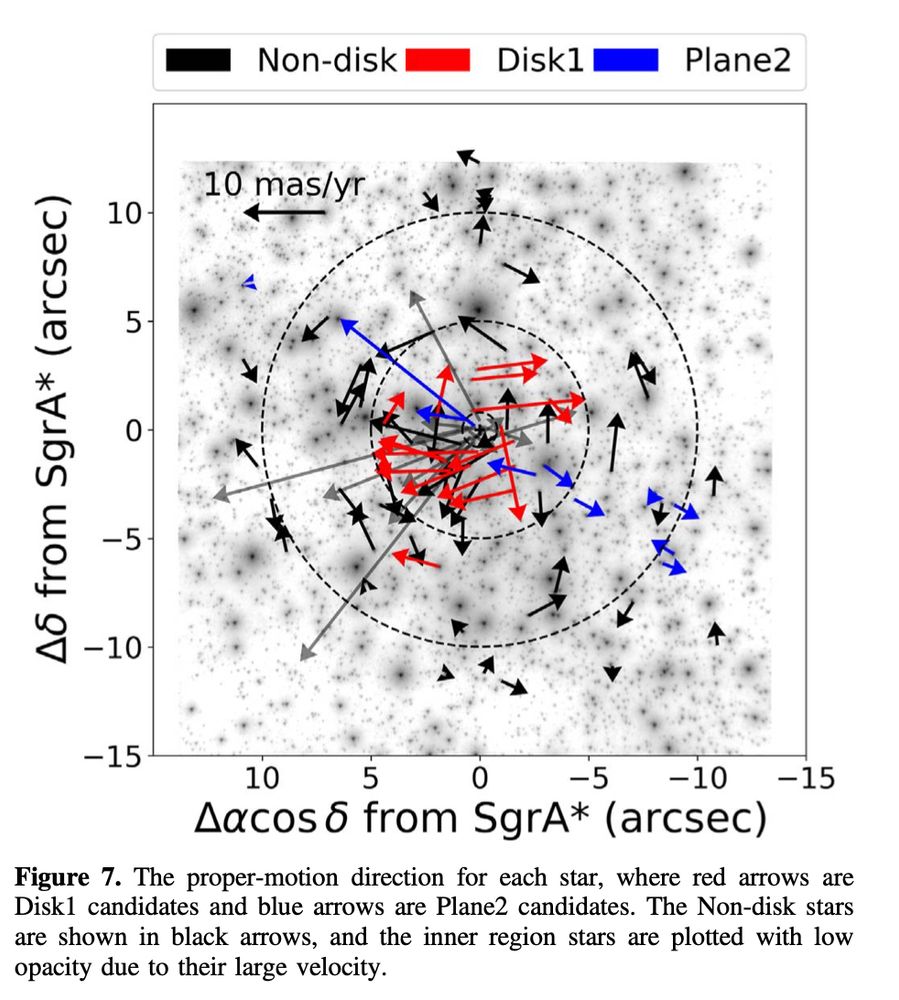Jessica Lu
@jluastro.bsky.social
420 followers
68 following
16 posts
Astrophysicist, Associate Professor @UCBerkeley. Interested in black holes, stars, galactic centers, astronomy instrumentation, adaptive optics.
Posts
Media
Videos
Starter Packs
Reposted by Jessica Lu
Jessica Lu
@jluastro.bsky.social
· Jun 22
Reposted by Jessica Lu
Reposted by Jessica Lu
Reposted by Jessica Lu
Reposted by Jessica Lu
Reposted by Jessica Lu
Reposted by Jessica Lu
Jessica Lu
@jluastro.bsky.social
· Jan 11
Jessica Lu
@jluastro.bsky.social
· Dec 27
Jessica Lu
@jluastro.bsky.social
· Aug 9
Reposted by Jessica Lu
Sarah Kendrew
@sarahkendrew.bsky.social
· Jul 29
Jessica Lu
@jluastro.bsky.social
· Jul 5
Jessica Lu
@jluastro.bsky.social
· Jul 5
Jessica Lu
@jluastro.bsky.social
· Jul 5
